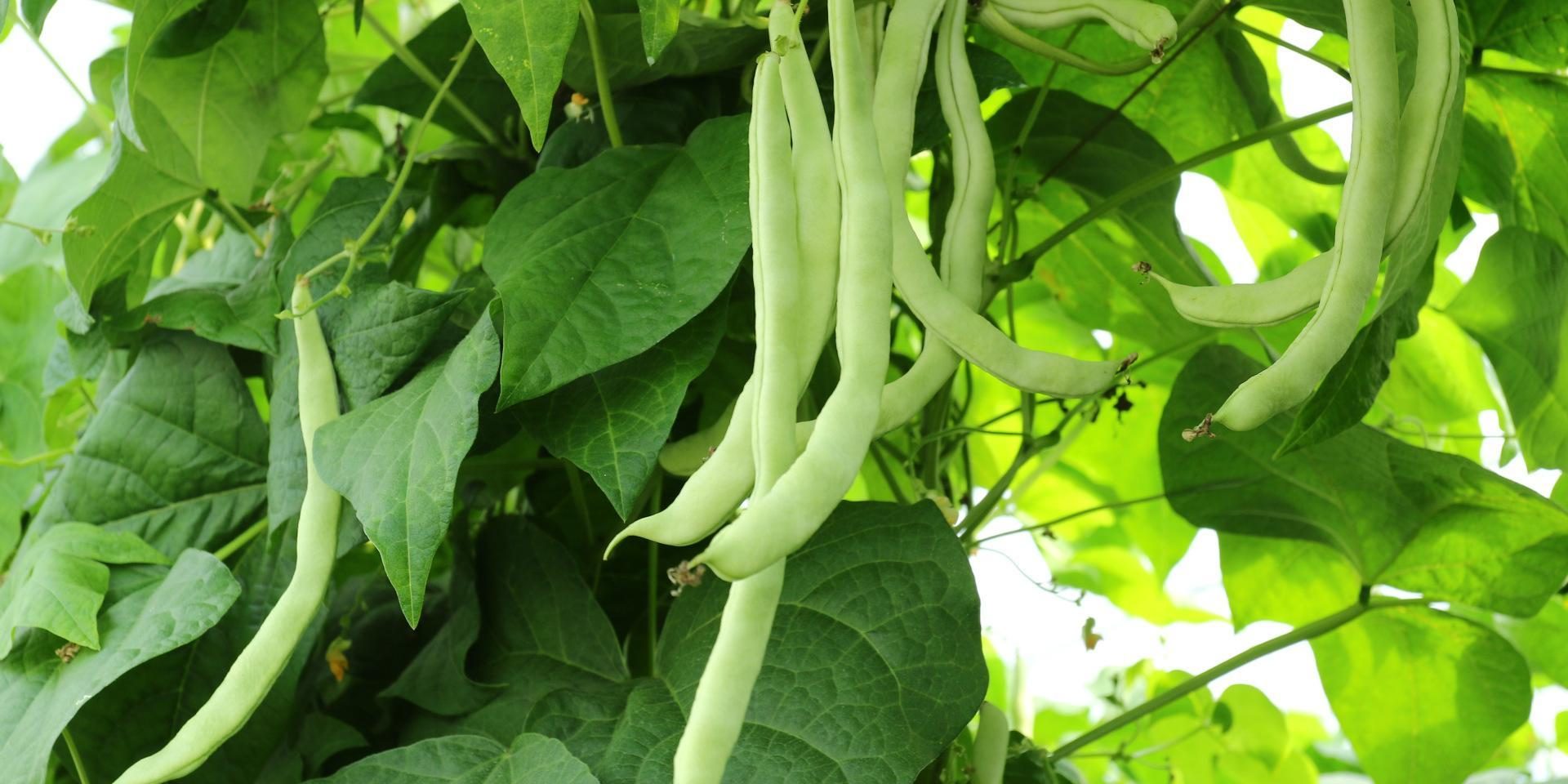High quality and delicious green beans
In late March, as production came to a close, the fields where green beans were grown were well supplied with fertilizer.
The farmers received different quantities of green bean seeds according to the size of the land and their needs.
There are various varieties of seeds, including 82-3,85-1 and 87B, with an average length of 15cm, width of 1.5cm, weight of 23~25g, and yield per mu of 2,500~2,800kg.
Green beans have a white corolla, strong growth potential, heat resistance, aging resistance, and at the same time, are resistant to bacteria, including rust and anthracnose. They are rich in nutrients, and the protein accounts for 16~18% of the dehydrated green beans. The dehydrated green beans have thick flesh and can be eaten cold after cooking or fried.
Safe and good ecological environment
In April, in the spacious greenhouse, the seedlings of green beans started one after another. Sufficient sunlight during the day and constant temperature and humidity at night ensure a stable growth environment for bean sprouts.
From May to June, farmers further cultivated and managed bean sprouts and adopted a new pod cultivation method. When new shoots emerge on the main vine, the old leaves and yellow leaves are removed; then water and urea are applied, and pest control work is carried out at the same time, and the temperature is controlled at 25 ℃ ~ 28 ℃. So far, the bean sprouts are growing well.
Steady growing price forecast
From July to August, green beans will usher in a bumper harvest, and the market demand would expand as forecasted.
The market in the first quarter was sluggish. The blockade of the epidemic, the rise in logistics costs, and the inconvenience of transportation have led to an increase in prices. However, 2~3 quarters will usher in a rebound as forecasted. Based on current production estimates, the price of fresh green beans is expected to increase by 3~5% year-on-year, and dried green beans will be changed accordingly.

